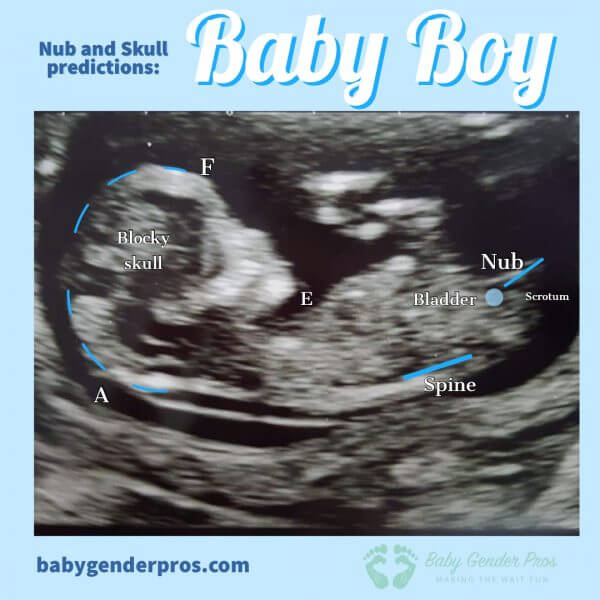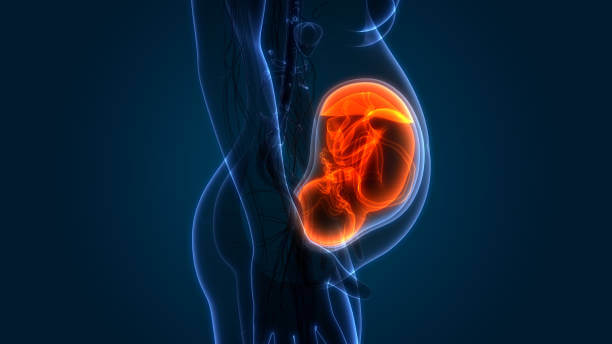Nub Theory vs Ramzi Theory: Which Is More Accurate?
As soon as a couple learns of their pregnancy, they begin wondering about the gender of their unborn child. Although there are various old wives’ tales and myths associated with gender prediction, two theories that have gained popularity recently are the Nub Theory and Ramzi Theory. Both claim to accurately predict the gender of an embryo as early as six weeks gestation. In this article, we’ll compare both theories to determine which one is more precise.
Nub Theory
Nub Theory is a gender prediction method based on the angle of the genital tubercle (a small protrusion that develops into either a penis or clitoris) in an ultrasound image. According to this theory, if the angle is greater than 30 degrees, it’s more likely to be male; otherwise, if it’s less than 30 degrees, it could be female.
How Does Nub Theory Work?
In the early stages of pregnancy, both male and female genital tubercles appear identical. Around 11 weeks gestation, however, there is a distinct angle between them that differentiates males from females. Ultrasound images reveal a small protrusion known as the nub that may be angled upwards or parallel to your spine.
If the nub is angled upwards at an angle greater than 30 degrees, it is more likely to be male. Conversely, if it is parallel to the spine or angled downwards at less than 30 degrees, it is more likely to be female.

How Accurate Is Nub Theory?
Nub Theory claims an accuracy rate of 98%. Yet, there is no scientific proof to back this up; the angle of a baby’s genital tubule can vary due to various factors like positioning, angle of the ultrasound probe and timing – so results from Nub Theory may not always match up perfectly in all cases.
Ramzi Method Theory
Ramzi Theory is a gender prediction method based on the location of the gestational sac in the uterus. If it’s located on the right side, it’s more likely to be male; if it’s on the left side, then it’s more likely female.

How Does Ramzi Method Theory Work?
Ramzi’s Theory is based on the position of the gestational sac during the early weeks of pregnancy. According to this theory, if it is on the right side of the uterus, it is more likely to be a boy; on the left side, however, a girl is more likely.
How Accurate Is Ramzi Theory?
Ramzi Theory claims a success rate of 97.5% accuracy; however, no scientific evidence supports this theory. Since the location of a gestation sac can vary based on factors like baby position and uterus shape, results from Ramzi Theory may only sometimes be correct in some cases.
Which Baby Gender Theory Is More Accurate?
Nub and Ramzi theories have yet to be scientifically tested, so their accuracy cannot be guaranteed. However, based on success rates claimed by proponents of both theories, Nub’s Theory might be slightly more accurate than Ramzi’s Theory. According to a study published in the Journal of Ultrasound in Medicine, Nub Theory had an accuracy rate of 71.9% while Ramzi Theory only had one at 57.8%; however, it should be taken with a grain of salt as neither theory rely solely on scientific evidence.
Furthermore, it’s essential to remember that gender prediction methods may vary based on an individual’s characteristics and circumstances. Therefore, waiting for more reliable gender determination methods like blood testing or anatomy scans before making any major announcements or preparations is advised.
Other Gender Prediction Methods
Nub Theory and Ramzi Theory are popular gender prediction methods, but there are other ways to anticipate a baby’s gender. Some of the most widely-used gender prediction techniques include:
Chinese Gender Chart
This ancient Chinese method predicts the gender of a baby based on its mother’s age at conception and the month in which it was born.
Heart Rate
According to an age-old wives’ tale, if the fetal heart rate is above 140 beats per minute, it is more likely to be a girl; if it falls below that mark, it may be a boy.
Carrying High or Low
According to an ancient wives’ tale, if a pregnant woman is carrying high, her baby will most likely be female; on the contrary, if she’s carrying low, it may be male.
Conclusion
Both Nub Theory and Ramzi Theory claim to be accurate gender prediction methods. However, their success rates are unsupported by scientific evidence. While Nub Theory has a higher success rate than Ramzi Theory, both should be taken with a grain of salt since accuracy cannot be guaranteed. It is recommended to wait for more reliable gender determination methods like blood testing or anatomy scan before making any major announcements or preparations.

